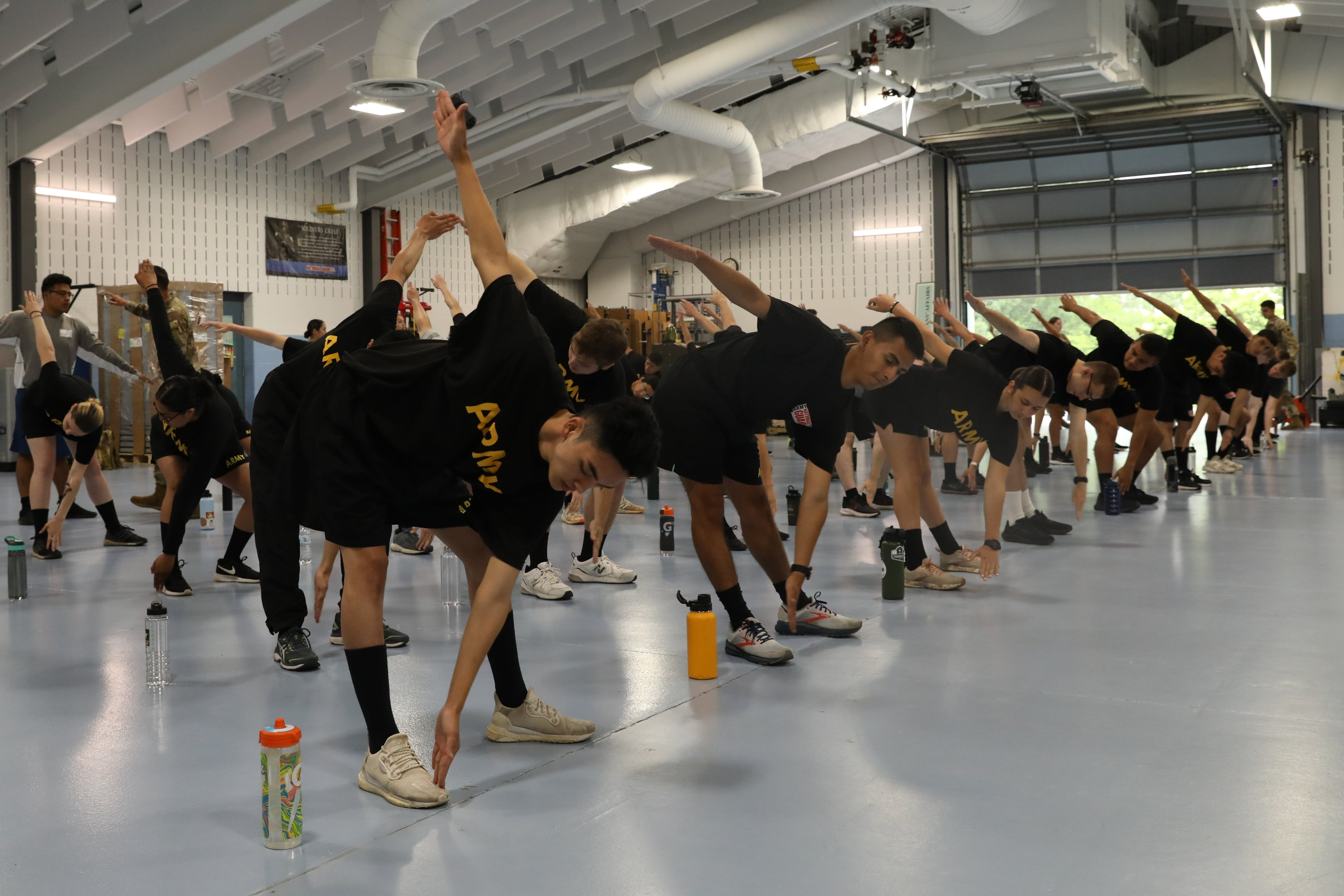Correction: An earlier version of this article stated that the Army would miss its end strength by 28,000 troops in fiscal year 2022. That was not correct. The Army expects to miss its end strength by 7,000 troops in 2022 and anticipates it may lose up to 28,000 troops by fiscal 2023′s end. This article was updated at 3:30 p.m. EST on July 19, 2022.
In a stunning admission to a House Armed Services Committee panel Tuesday, the Army’s number two officer acknowledged that the service will likely be understrength by at least 7,000 soldiers when the fiscal year ends on Sept. 30.
Army Vice Chief of Staff Gen. Joseph Martin also confirmed that the Army notified a House military personnel panel that it expects to have between 445,000 and 452,000 soldiers at the end of fiscal 2023, a 28,000-soldier drop from the original end end strength the Army projected for 2022.
Martin’s spokesperson, Lt. Col. Loni Ayers, provided an emailed statement to Army Times clarifying that Martin “stated the estimated end strength for FY22 is 466.4K. Our estimated end strength for FY23 is between 445-452K.”
Martin’s admission indicates a significant shortfall of soldiers from the Army’s target end strength of 473,000, plus an even steeper drop-off for the following year, which was originally programmed for 476,000 troops.
But even those numbers belie the enormity of the recruiting crisis the Army faces — the service began the fiscal year with an end strength target of 485,000, but slashed it by 12,000 (and recruiting goals by 15,000) in April when it realized it wouldn’t make those numbers.
In response to Martin’s statement, Rep. Jackie Speier, D-Calif., said she wants the committee to hold a hearing that would delve into the Army’s “alarming” end strength scramble and work on potential solutions to the issue.
What went wrong
Army Times published an investigation Monday that explained the roots of the looming end strength shortfall, the service’s efforts to address it and what long term efforts it might take to fill the ranks.
RELATED

Retention numbers remain near record highs — more than 57,000 troops reenlisted as of July 7, against an annual goal of around 54,000 — but the Army’s recruiting failures have proven too much to overcome.
The reasons contributing to plunging recruitment are complex, including more detailed medical screenings, a shrinking proportion of Americans eligible to serve, poor marketing practices, low civilian unemployment and more.
Before Tuesday’s hearing, Army officials declined to provide Army Times with its projections for the end strength shortfall or with updated recruiting performance numbers.
The service has done nearly everything it knows how to do in an effort to make end strength: flooding money and resources to USAREC, increasing retention eligibility and goals, activating new officers ahead of schedule and increased staffing to reduce a medical waiver backlog.
But the Army is running out of short-term fix ideas, and a number of policy proposals have languished or been killed due to concerns over lowering standards.
The Army briefly allowed applicants without a high school diploma or GED to enlist if they scored in the top 50% of Americans on their entry aptitude tests, but the policy was rolled back less than a week after it came out.
RELATED
It’s not clear either if the service will go ahead with its plan to establish a pre-basic training preparatory camp at Fort Jackson, South Carolina, for prospective recruits who need to improve their aptitude scores or lose body fat in order to serve. Proponents say the camp is a way to help young Americans — who are increasingly too fat or otherwise not qualified to serve — meet the Army’s standards before they’re allowed to proceed further in training.
In a previous statement to Army Times, though, Army Secretary Christine Wormuth indicated that the Army understands the enormity of the recruiting crisis and is considering major changes to its accessions system.
“This is not a one-year challenge,” Wormuth said. “And because it’s not a one-year problem we will solve overnight, we are examining a wide range of additional steps we could take in the short and longer term to recruit more soldiers into the Army without lowering standards or sacrificing quality.”
The impact could be dire if the Army can’t solve the end strength problem, said retired Lt. Gen. Tom Spoehr, from the conservative-leaning Heritage Foundation think tank.
“Squads start to get short...units start to get short,” said Spoehr in a Friday phone interview. “The Army will be forced [to operate with] either units that are under strength or they’ll have to make some painful decisions about cutting force structure like [Brigade Combat Teams].”
And fewer BCTs could mean more overseas rotations and deployments for those who remain, or an increased dependence on the part-time troops of the National Guard.
Davis Winkie covers the Army for Military Times. He studied history at Vanderbilt and UNC-Chapel Hill, and served five years in the Army Guard. His investigations earned the Society of Professional Journalists' 2023 Sunshine Award and consecutive Military Reporters and Editors honors, among others. Davis was also a 2022 Livingston Awards finalist.
